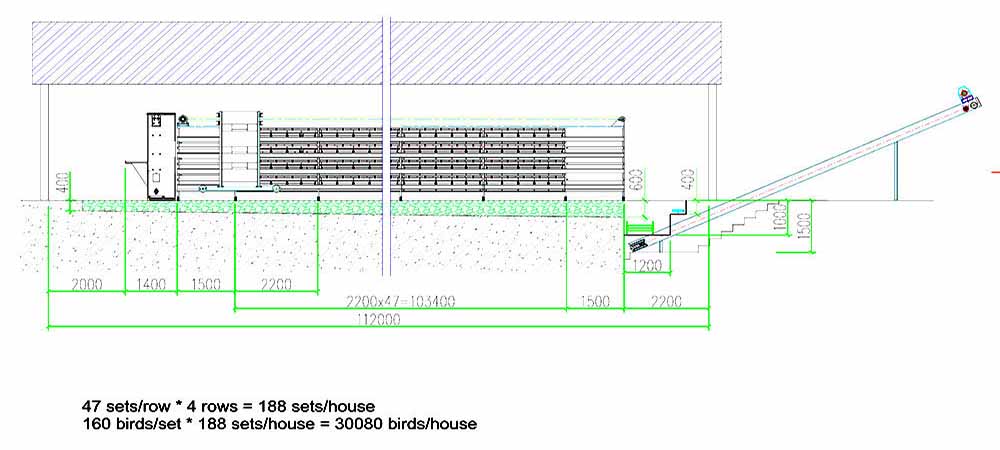Poultry Farming Business Startup Guide
Introduction to Poultry Farming Business
Starting a poultry farming business can be a rewarding venture, offering a stable income and a chance to contribute to the food supply chain. With the right planning and guidance, you can establish a successful poultry farm. This guide will help you navigate the essentials of starting a poultry farming business.
Market Research and Business Plan
Before embarking on your poultry farming journey, it’s crucial to conduct thorough market research and develop a comprehensive business plan.
- Identify Your Market: Understand the demand for poultry products in your area.
- Analyze Competition: Study local and regional competitors to identify your competitive advantage.
- Set Clear Objectives: Define short-term and long-term goals for your business.
Choosing the Right Location
The location of your poultry farm is pivotal to its success. Consider the following factors:
- Proximity to Markets: Locate your farm close to consumers to reduce transportation costs.
- Availability of Water: Ensure a constant supply of clean water for your poultry.
- Accessibility: Easy access for suppliers and buyers is essential.
Legal and Regulatory Compliance
Complying with local laws and regulations is mandatory for a poultry farming business. This includes:
- Obtaining Necessary Permits: Apply for all required permits and licenses.
- Health and Safety Standards: Implement measures to ensure the well-being of your poultry and workers.
- Environmental Regulations: Adhere to waste management and emissions standards.
Choosing the Right Species
Selecting the right poultry species is crucial for your business. Consider the following:
- Breeds: Different breeds yield different types of poultry products.
- Production Cycle: Shorter cycles can lead to more frequent sales and income.
- Feeding Requirements: Some breeds may require specific feed types.
Building and Equipment
The layout and equipment of your poultry farm are vital for efficiency and health.
- Structural Design: Construct buildings that provide shade, adequate ventilation, and easy cleaning.
- Automated Systems: Consider automation for feeding, watering, and cleaning to improve efficiency.
- Health Monitoring: Install systems for monitoring poultry health and disease prevention.
Operational Costs and Financial Planning
Estimate your operational costs and develop a financial plan.
- Feeds: The cost of feed is a significant portion of your expenses.
- Labor: Consider labor costs for feeding, cleaning, and other tasks.
- Marketing and Distribution: Plan for marketing your products and establishing distribution channels.
Conclusion
Starting a poultry farming business requires careful planning and execution. By following this guide, you can set a solid foundation for your venture.
For more information or to discuss your poultry farming project, feel free to leave a comment below. Gain access to our free poultry farm design and equipment quotes by contacting us today.
<img src="http://www.qualitychickenfarm.com/wp-content/uploads/2025/05/chicken-cage-for-sale-in-kenya-18.jpg" alt= “inserted image”>
“inserted image”>




